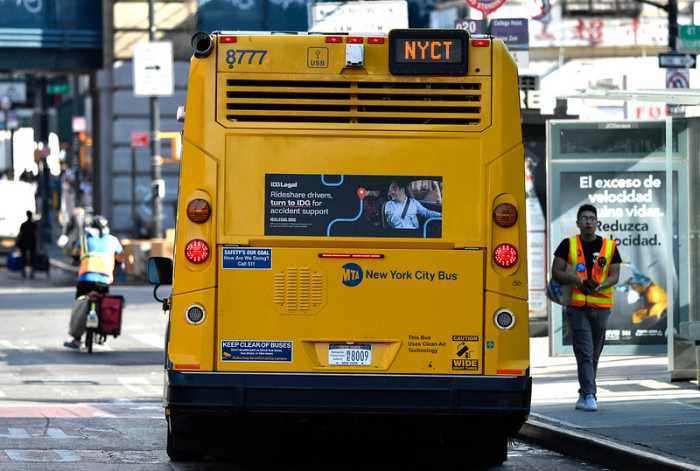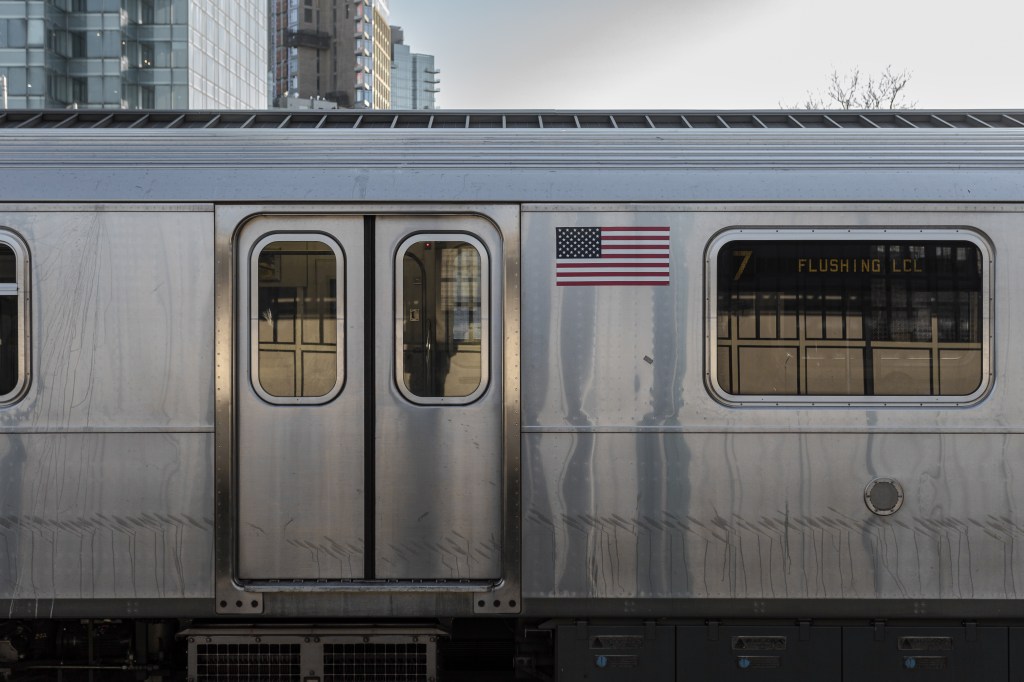Councilman Paul Vallone is pushing for ferry service to reach the northeastern region of Queens as the New York City Economic Development Corporation (NYCEDC) launches a new ferry feasibility study.
“While the city has announced and moved forward with expansions of existing ferry service, transportation deserts like northeast Queens continue to be overlooked,” said Vallone.
This is not the fist time Vallone has tried to lengthen ferry service to the area. In 2014, the councilman, along with then-Councilwoman Julissa Ferreras-Copeland and Councilman Peter Koo, wrote a letter requesting that the director of ferry services conduct a pilot program that would test out the long-term viability of ferry service from Manhattan to Citi Field in Flushing and to Fort Totten in Bayside.
The letter cited economic viability, lack of transportation alternatives to the northeast of Queens and local demand and reasons behind the request. Vallone has advocated for a Willets Point ferry stop.
“A bus and two-train commute every weekday into the city is becoming more and more unbearable,” said College Point resident Nancy Coppola Anchor, who spends at least three hours commuting each day during the work week. “A ferry would be an ideal solution.”
Currently, the New York City Ferry has six routes – Rockaway, East River, Astoria, South Brooklyn, Soundview and the Lower East Side – and has served nearly 6.5 million riders since launching in May 2017. The NYC Ferry serves approximately 18,000 riders on an average every week day and approximately 28,000 on Saturdays and Sundays.
“We’re slashing commuting times, connecting residents to major job centers, and reuniting New Yorkers with their waterfront and helping them discover other neighborhoods,” said NYCEDC President and CEO James Patchett. “We look forward to exploring ways to bring ferry service to more communities.”
On the NYCEDC’s website, it states that the agency is taking steps to meet with city officials and community board representatives of communities along the city’s waterfront in order to learn about potential sites to include in the study. Visitors of the website can suggests by filling out a short form. Responses will be accepted until Oct. 15.
The website also states that the study will take factors such as existing access to transit, population density and water depths into consideration before making a decision as to where to place more ferry stops. The criteria needed in 2018 to open a new ferry landing or line will be virtually identical to the last ferry feasibility study conducted in 2013.
But ferry service is a double-edged sword, according to one resident.
“Parking is already horrible,” said College Point resident Lauren Anchor, who is concerned about influx of parked cars as residents from the surrounding neighborhoods leave their vehicles to take the ferry. “I would love to get to the city faster but not with the risk of more parking problems.”



































